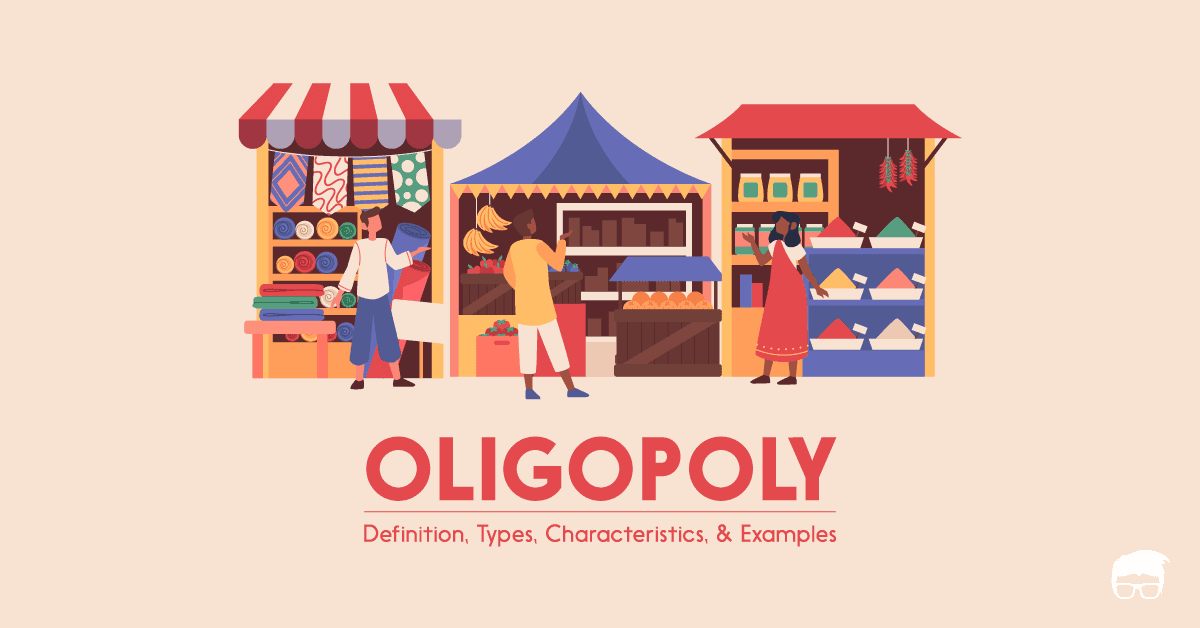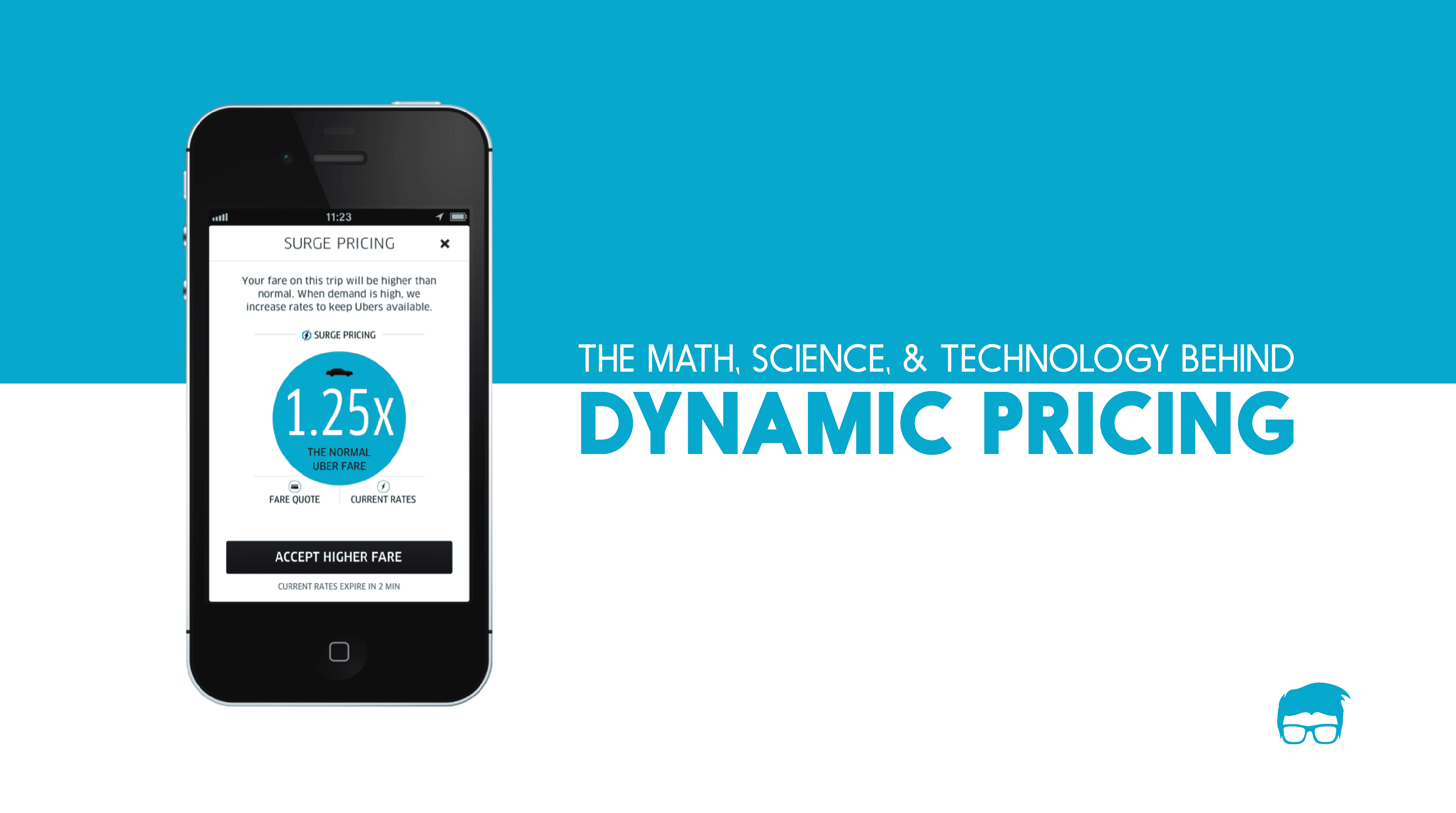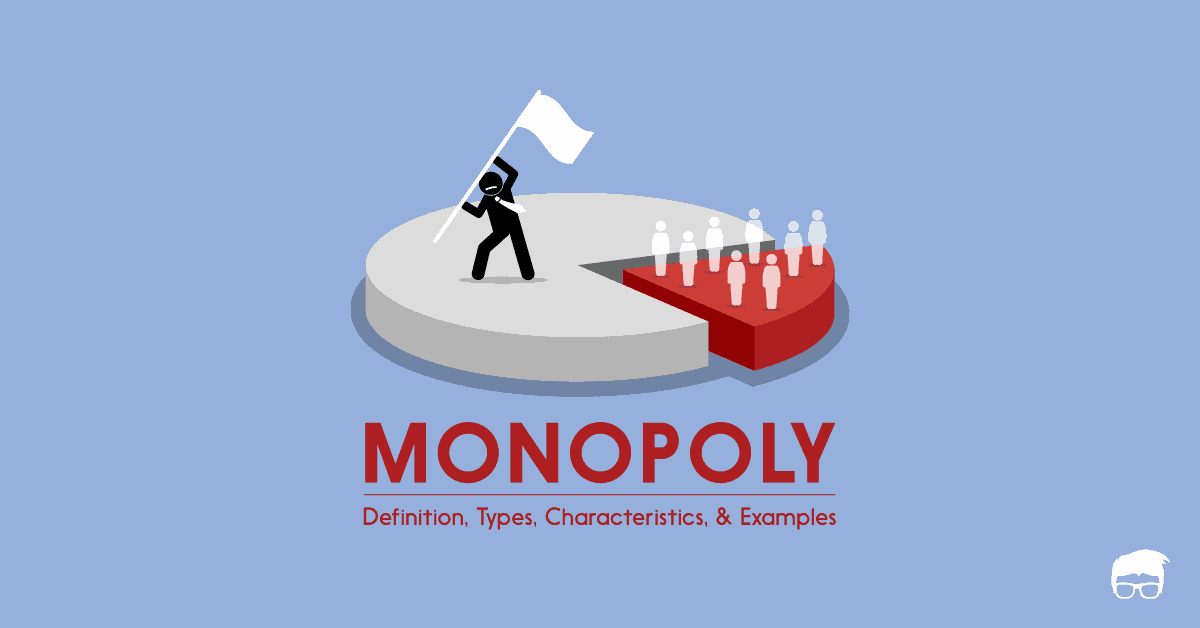In today’s growing economy, it is impossible to identify markets that witness a perfect competition or even a pure monopoly. However, there does exist a market structure that lies in-between these aforementioned polar opposites.
In 1933, Mr. Edward H. Chamberlin published the Theory of Monopolistic Competition, through which he popularised the concept of a monopolistic competition form of market structure.
But what is monopolistic competition?
Let’s find out!
What is Monopolistic Competition?
Monopolistic competition is a market structure where the market has numerous players who offer products or services that are similar but not perfect substitutes.
To further simplify this concept, let’s break it into three parts-
- Market structure: A market structure is how a market is organised. It explains the competition in the market and how different players are connected to each other.
- Numerous firms: There exist several competing firms in an industry that witnesses monopolistic competition.
- Differentiated offerings: Product differentiation refers to the distinguishing of a product or service from those of other firms. This causes these products to be imperfect substitutes of each other.
Characteristics of monopolistic competition
A monopolistic competition form of the market structure shows certain characteristics. These are:
- A large number of Sellers – There exists a large number of sellers in a monopolistic competition.
- Differentiated goods – Goods produced by different industries are non exactly the same as each other. Their differences can range from minor to major. These differences cause consumers to prefer one brand over another. An example of this could be the toothpaste industry. The taste of one toothpaste brand differs from the taste of the toothpaste of another firm, making them imperfect substitutes.
- Freedom of Entry and Exit – There exist no barriers to entry in monopolistic competition. Firms in an industry are free to enter and exit at their own will. However, one should note that entering and exiting an industry that exercises monopolistic competition is not as easy as it is in a perfectly competitive market.
- Selling Cost – Selling costs are the costs incurred by firms on the marketing, advertising and sales promotion of their product. These costs are necessary in order to persuade consumers to choose one product over another. The cost incurred for this purpose constitutes a major part of the total cost in monopolistic competition.
- Non-Price Competition – Monopolistic competition witnesses a non-price competition wherein competing firms compete using sales promotion, positioning strategies, and other marketing strategies.
- Lack of Perfect Knowledge – Buyers in a monopolistic competition lack perfect knowledge. A customer believes a certain good is superior to the goods produced by another firm, just because of the differential positioning strategies used.
Monopolistic Competition in the short run
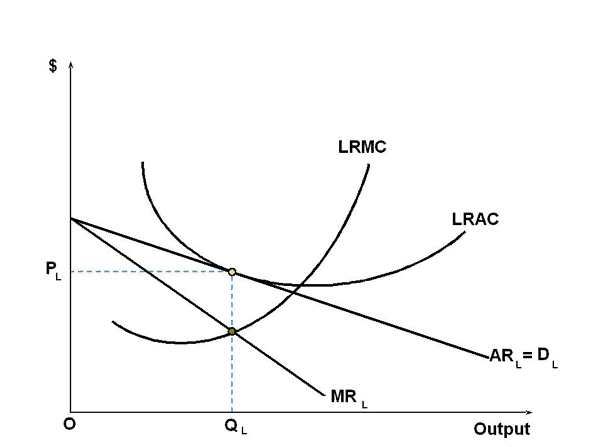
In the short run, the firm tries to maximise its profits. In order to maximise its profit, the firm strives to produce a quantity which ensures the firm’s marginal revenue (MR) is equal to its marginal cost (MC). Therefore, the quantity produced is at the point where the MR intersects MC.
At that output, the firm collects a price based on the average revenue (AR) curve.
At the collected price, the firm gains a profit which is equal to the difference between the firm’s average revenue (price) and average cost, multiplied by the quantity.
Monopolistic Competition in the long run
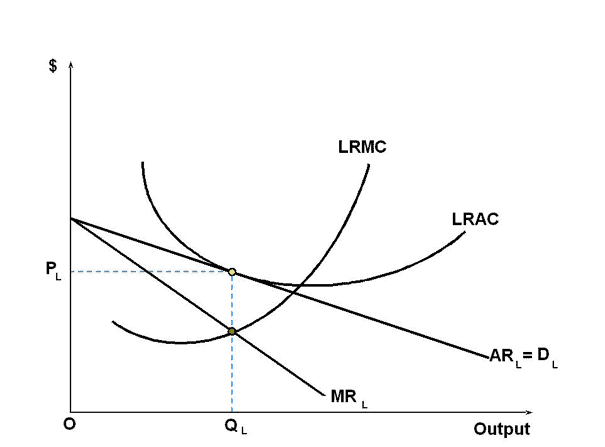
In the long run, the firm continues producing at the point where marginal cost (MC) intersects marginal revenue (MR).
However, in the long run, the demand curve shifts leftwards as other firms enter the market. This is because, now, the heightened competition leads to demand being distributed among all the existing firms as well as the new entrants. Thus, the demand experienced by the firm sees a relative decline. This causes the firm to lower its price until it is equal to the average cost.
Since the average revenue (AR or price) is equal to the Average Cost (AC), the firm does not gain any economic profit.
Examples of monopolistic competition
Below are some common examples of industries that witness monopolistic competition:
- Fast food companies – Fast food companies like McDonalds, Burger King, Wendy’s, In-and-out and many other fast food companies sell burgers which cannot be perfect substitutes of each other.
- Soap industry – Dove, Dial, Irish Spring, Caress, Olay and many other soap brands are produced by numerous firms.
- Cereal industry – Cheerios, Froot Loops, Frosted Flakes, Honey Bunches of Oats and many other cereal brands are produced by several other firms.
Advantages of monopolistic competition
Some of the advantages of this form of market structure are:
- Increased competition – New firms face no barriers to entry, and so increased competition can be witnessed in a monopolistic competition form of market structure. This leads to firms employing more efficient means of production, innovation, producing better quality products, et cetera in order to stay in the game.
- Diversity for consumers – With more firms in the market, consumers can choose from a variety of products and services. If the price of one product rises, they always have the option of opting for another product. If the quality of one product degrades, the consumer could always choose a product produced by another firm.
- Better quality products and services – Since there are several competing firms in a monopolistic competition form of market structure, every firm is compelled to strive for quality in order to maintain their existing consumers and attract new consumers. If the firm fails to do so, it will simply lose customers as there are other firms in the market who promise better quality.
Disadvantages of monopolistic competition
Some of the disadvantages of this market structure are as follows:
- Shift of focus– firms employ advertising and marketing teams and services in order to create brand awareness among consumers. Due to this, a shift of focus is seen. Firms now focus more on attracting attention rather than focusing on bettering their product. More importance is laid on how the firm presents its product rather than focusing on what is being delivered.
- Increased prices due to selling costs – Selling costs constitute a large part of the total cost of a product. Firms extract these added costs from their consumers, who then have to pay a higher price for the product due to these selling costs.
- Pricing strategies that hurt other players – big firms often employ pricing strategies that may hurt smaller firms in the industry. They do so by engaging in pricing strategies like predatory pricing, where the price charged for a product is below average cost. In such cases, smaller firms are compelled to exit the industry as their average costs are higher than the price charged for the concerned product in the market by the big firm.
Go On, Tell Us What You Think!
Did we miss something? Come on! Tell us what you think about our article on monopolistic competition in the comments section.
A startup enthusiast who enjoys reading about successful entrepreneurs and writing about topics that involve the study of different markets.


